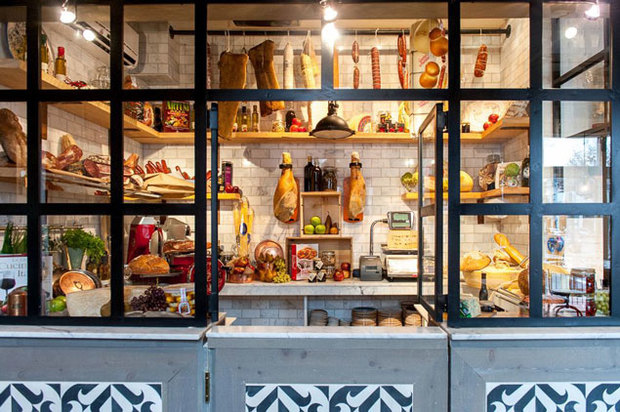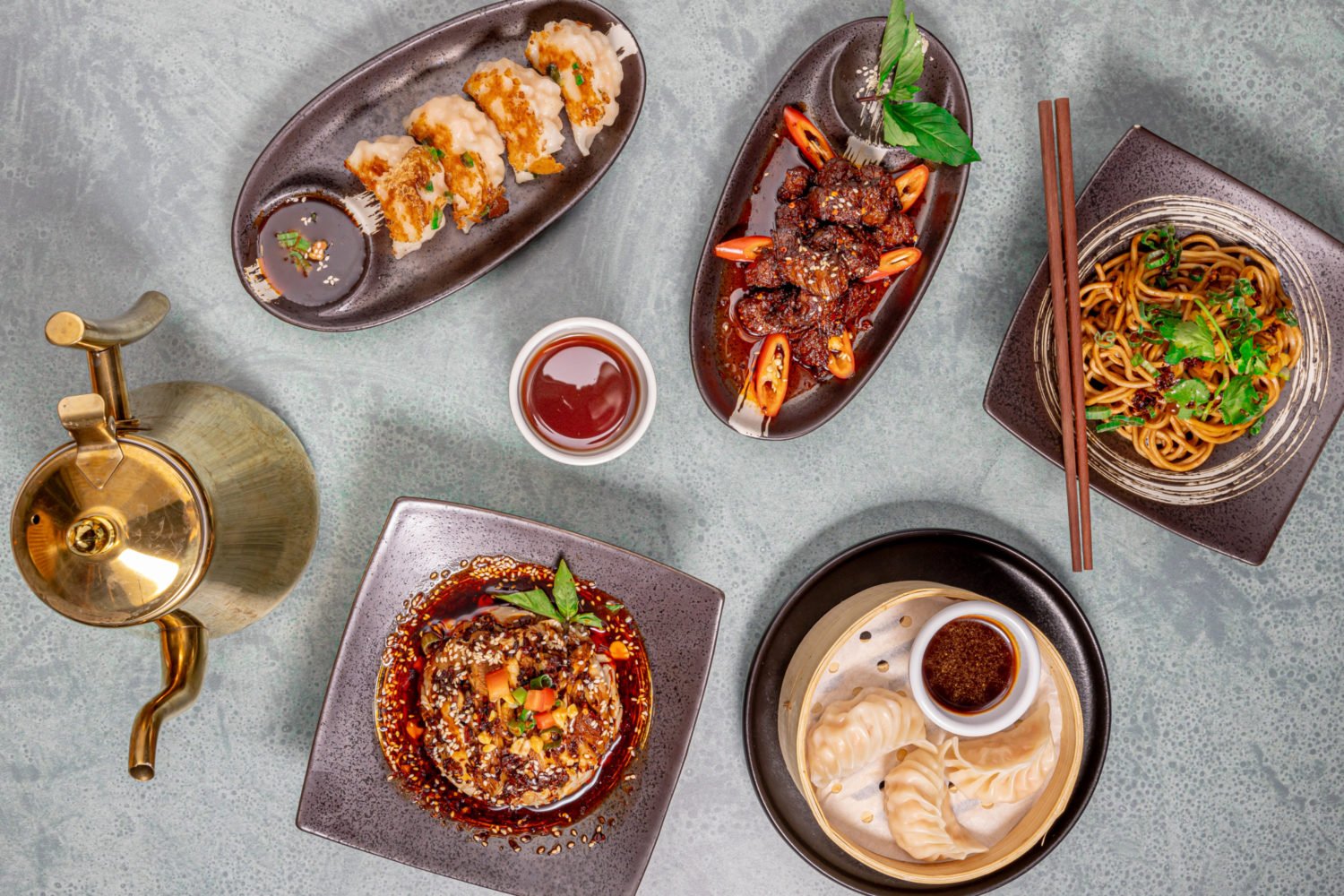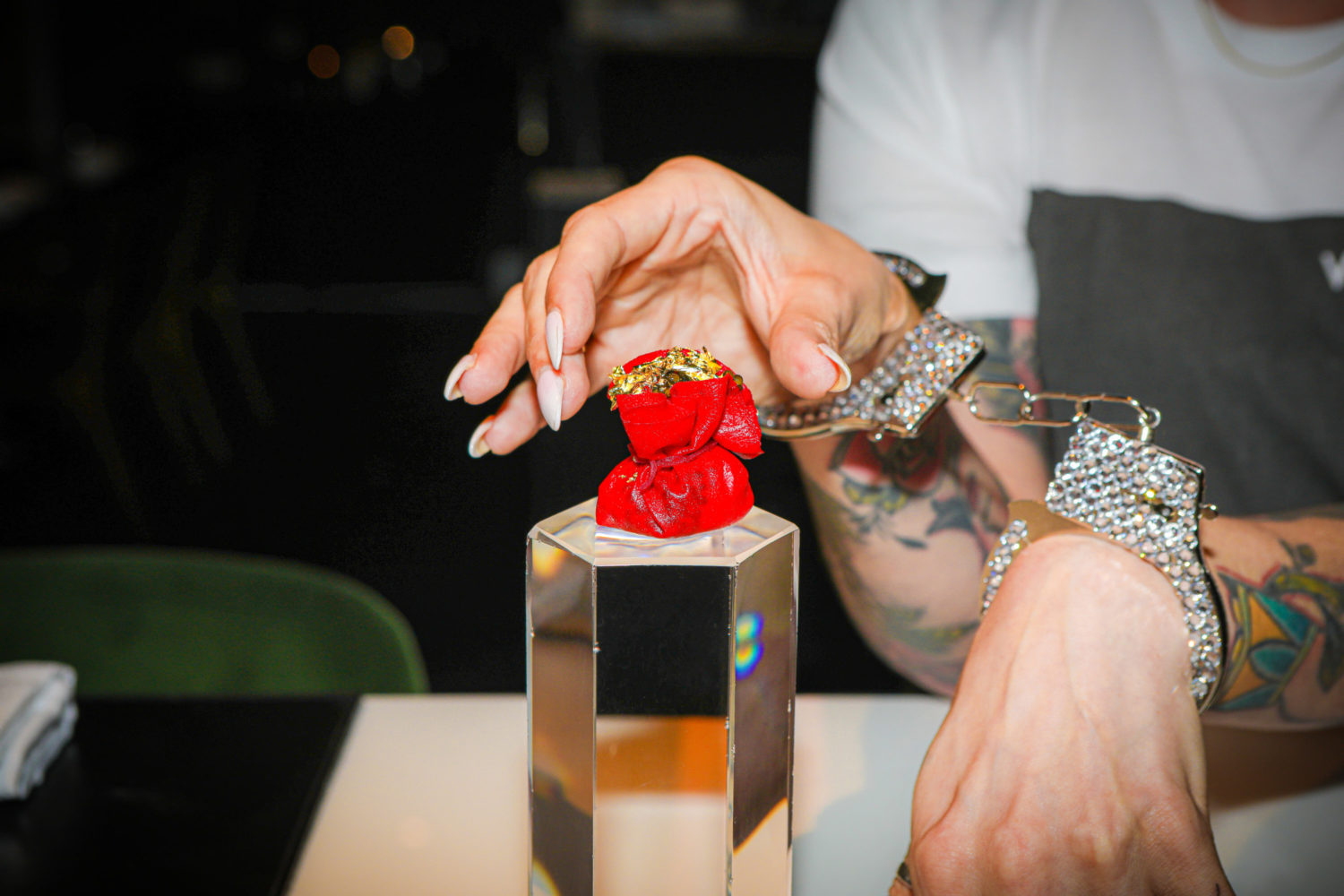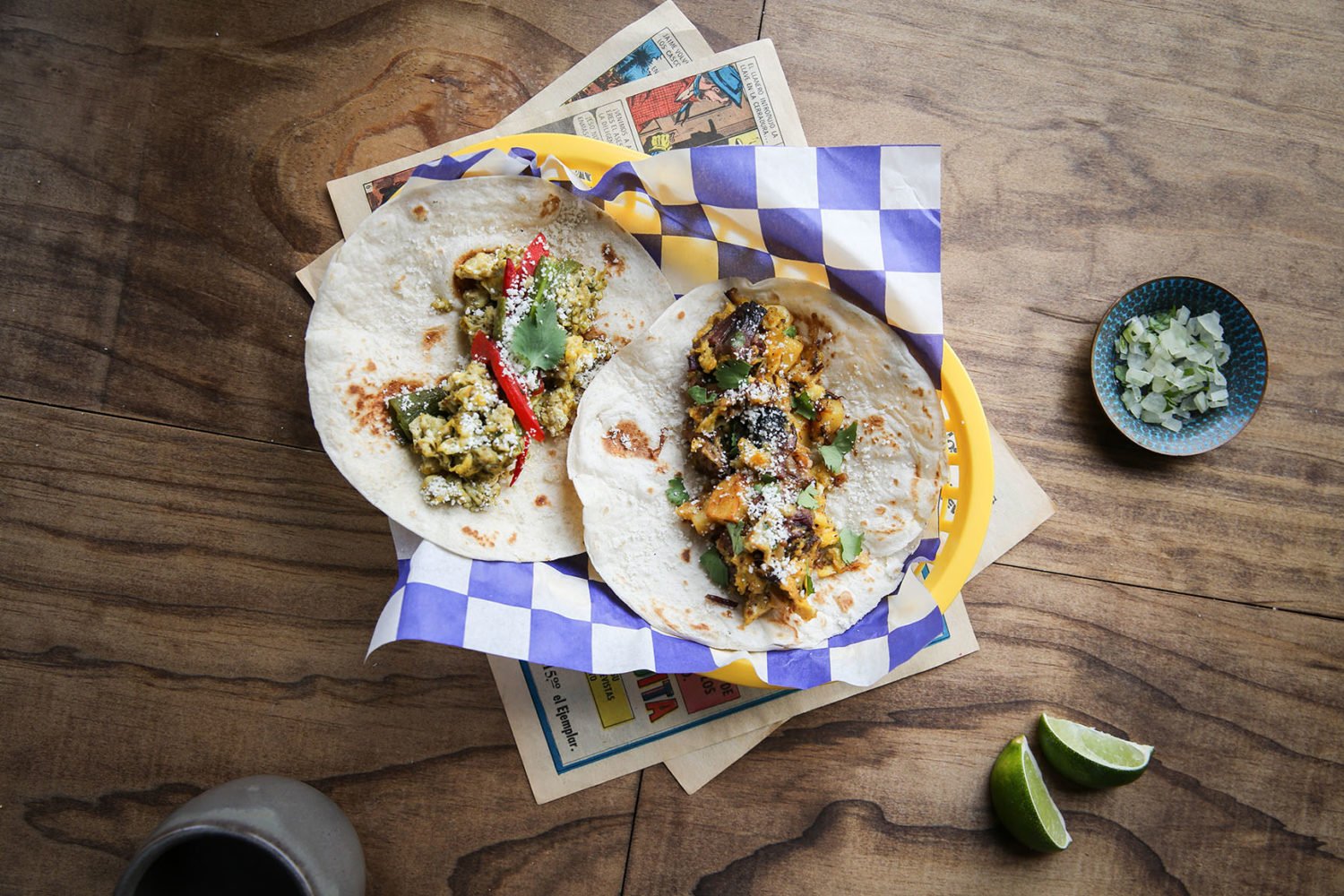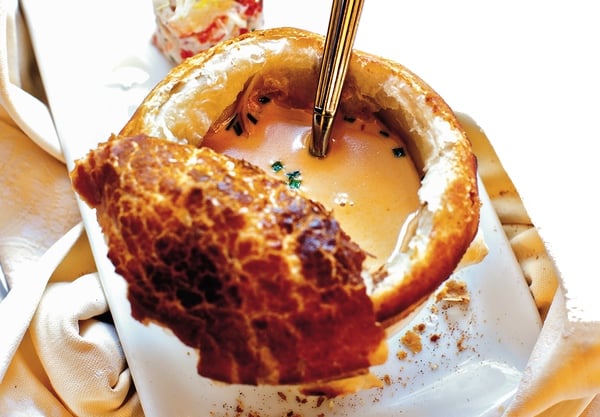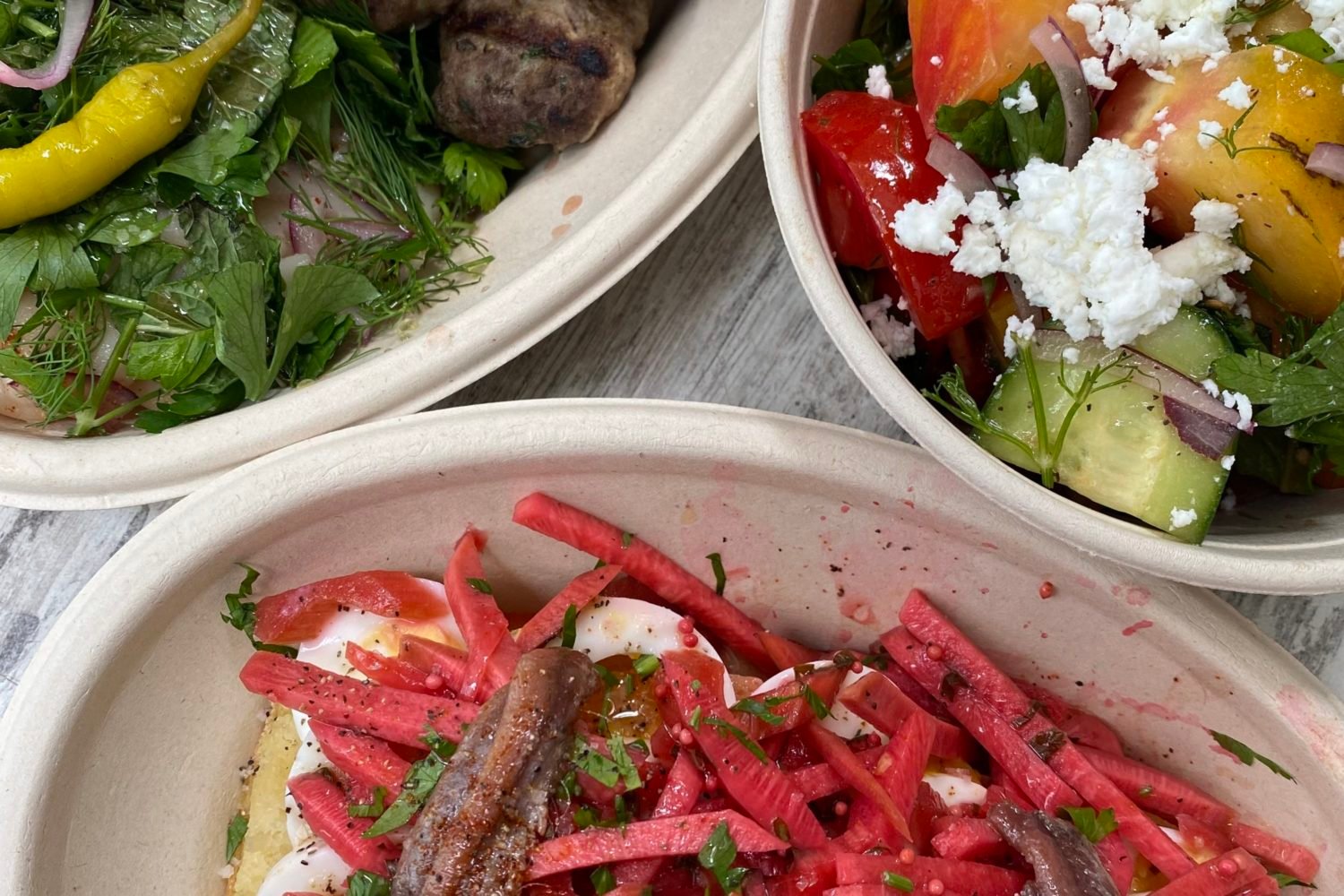Todd Kliman
This won’t be a thing. It’ll be a things.
I was in Columbia, Missouri, recently to give a talk at the University of Missouri, and was fortunate to visit some favorite spots (I’ve been going out there to do research and talk for the past five years now) and some new ones, too, while reconnecting with good friends.
I’ve always been drawn to college towns, and Columbia is a great one, with a growing arts scene that is at least partly responsible for the tremendous sense of energy and possibly I sense right now.
Inevitably, whenever I come to Columbia, I find myself sitting down to a meal at Sycamore at least once and often twice. The chef, Mike Odette, was a James Beard semifinalist in 2009 for Best Chef Midwest, and his cooking is rooted and direct and appealingly understated, even when he’s ringing such sly changes on Americana as his plate of deep-fried gizzards, a recent special. The gizzards are corned, then confited, then breaded and fried. Which is, yes, a helluva lot of work for what essentially is a snack—the result tastes like a cross between pigs in a blanket and fried oysters—but it gives you a good idea of just how detailed and process-oriented the chef is. I also love his trout bellies. This is the fattiest and therefore most luscious part of the trout, and Odette turns to them for a wonderful meatless twist on rilletes. He cuts them into strips, smokes and peppers them, and serves them with pickled onions and crème fraîche.
The next day I hit Uprise, a bakery with sandwiches, for a small snack. I’d already had lunch, and dinner was in two hours, but for some reason I was hungry. I asked the woman at the counter what sandwiches she liked. “Anything with bacon,” was the answer. And I understood why when I took a bite of my BLT. The bacon wasn’t crispy, which for me is usually a turn-off, but I loved this. Uprise cures its own, and the strips were infinitely richer, smokier, and porkier than any bacon I’ve had in a while.
I left town after a quick brunch at Cafe Berlin: three good breakfast tacos filled with ground pork and a waffle topped with peanut butter, honey, granola, and banana.
I know I’ll be back soon, but every time I leave now it’s with a sense that I’m missing out on something good.
Ann Limpert
Tonnarelli cacio e pepe at Lupo Verde
This Roman-style pasta is one of my favorite things to make at home (I usually go with this trusty recipe), and it’s so quick and super-simple that when I see it at restaurants I’m rarely tempted to get it. I mean, butter, Parmesan, pecorino, black pepper—that’s it. How different could it really be? When I ordered it the other night at Lupo Verde, I discovered the answer: very.
For one, the kitchen isn’t using dried spaghetti like I usually do—they’re actually not using spaghetti at all. Instead, they make their own tonnarelli; long, thick strands with a hole extruded through the center (they’re like bucatini, but a little bit more robust). And the noodles are cooked beautifully, with just enough chew and heft to keep them from getting weighed down by the massive amounts of butter and cheese and black pepper. The end result is the perfect comfort food, chilly weather food, drunk food—a glorious, gooey mess.
Anna Spiegel
Beets with wasabi kefir at the Oval Room
I know, beet salad, yawn. It’s like the god of New American dining gave the commandment “Thou shalt not serve a menu without beets and goat cheese,” and all restaurants obey. While the dish is a reliable staple, few versions are remarkable; the beet-and-chèvre mountain pie at Mintwood Place is one notable exception. Just as good, though less hearty: chef Tony Conte‘s citrus-roasted beets. The appetizer is bright with wasabi-spiked kefir, which tastes like a tangier yogurt, as well as blackberry vinaigrette and thin wheels of the fruit. Beets and blackberries? Not a frequent combination, but the natural sweetness and acidity of both work together beautifully. Maybe even better than goat cheese.

